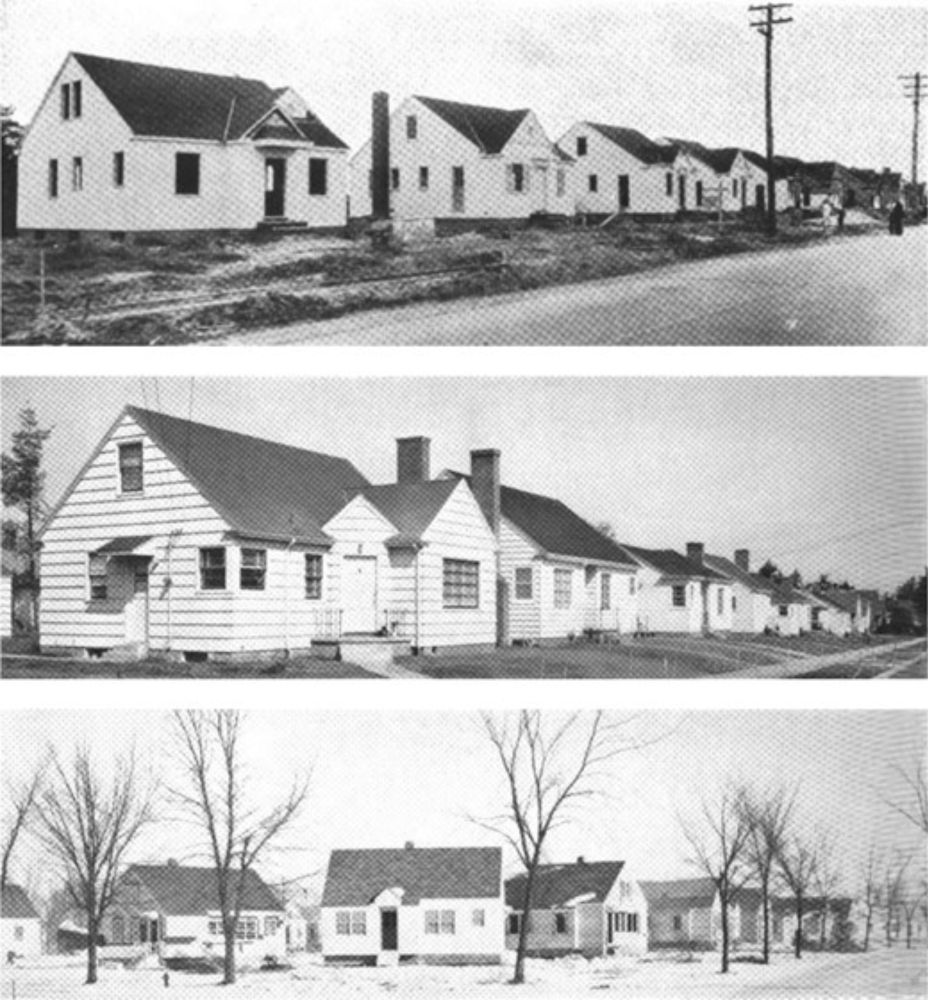
Scott Markley
@snmarkley.bsky.social
Studying racially uneven sub/urban development with GIS, maps, #rstats, #rspatial
https://scottnmarkley.github.io
https://scottnmarkley.github.io
More on the 608 program here: academic.oup.com/jah/article/...

Mortgaging Out: Fha Credit Policy, Segregated Rental Housing, and the Remaking of Metropolitan America
On a hot afternoon in July 1954, Fred C. Trump sat as a witness before the Senate Committee on Banking and Currency. He had been subpoenaed for an investig
academic.oup.com
September 12, 2025 at 2:13 PM
More on the 608 program here: academic.oup.com/jah/article/...
As always, I am happy to share the pdf if you do not have access.
www.tandfonline.com/doi/full/10....
www.tandfonline.com/doi/full/10....
www.tandfonline.com
June 18, 2025 at 2:34 PM
As always, I am happy to share the pdf if you do not have access.
www.tandfonline.com/doi/full/10....
www.tandfonline.com/doi/full/10....
We hope this intervention will help spark future deep dives into HOLC’s Area Descriptions, which really do provide a unique window into the development of what Charles Abrams called the "racist theory of value."
June 18, 2025 at 2:34 PM
We hope this intervention will help spark future deep dives into HOLC’s Area Descriptions, which really do provide a unique window into the development of what Charles Abrams called the "racist theory of value."
Moreover, we find that these Area Descriptions are rife with contradictory notions of what makes a place valuable. E.g., in Atlanta, HOLC's appraisers grade affluent Black neighborhoods low but nonetheless recommend investment.
June 18, 2025 at 2:34 PM
Moreover, we find that these Area Descriptions are rife with contradictory notions of what makes a place valuable. E.g., in Atlanta, HOLC's appraisers grade affluent Black neighborhoods low but nonetheless recommend investment.
Curiously, while the value narratives in these cities positioned Black residential presence as sign and source of obsolescence, respectively, they did not seem to anticipate Black population growth or mobility at all.
June 18, 2025 at 2:34 PM
Curiously, while the value narratives in these cities positioned Black residential presence as sign and source of obsolescence, respectively, they did not seem to anticipate Black population growth or mobility at all.
Temporal Narratives—prevalent in Milwaukee—situated neighborhoods in time, placing them along a past and projected value trajectory. Proximity Narratives—prevalent in Atlanta—situated neighborhoods in space, projecting value based on distance to certain dis/amenities, including racial composition.
June 18, 2025 at 2:34 PM
Temporal Narratives—prevalent in Milwaukee—situated neighborhoods in time, placing them along a past and projected value trajectory. Proximity Narratives—prevalent in Atlanta—situated neighborhoods in space, projecting value based on distance to certain dis/amenities, including racial composition.
Focusing on Milwaukee and Atlanta, we identify two cartographic narrative types present in the Area Descriptions: Temporal Narratives and Proximity Narratives.
June 18, 2025 at 2:34 PM
Focusing on Milwaukee and Atlanta, we identify two cartographic narrative types present in the Area Descriptions: Temporal Narratives and Proximity Narratives.
In that way, this mapping program was less about directly steering property investment decisions and more about internal data gathering and assessment. We thus consider this mapping program as an early example of spatial data science in practice.
June 18, 2025 at 2:34 PM
In that way, this mapping program was less about directly steering property investment decisions and more about internal data gathering and assessment. We thus consider this mapping program as an early example of spatial data science in practice.
These detailed field notes provide an in-depth look into how real estate capital and the state were constructing a dynamic notion of neighborhood value that relied on estimated racial and class trajectories (though not always in consistent ways across places).
June 18, 2025 at 2:34 PM
These detailed field notes provide an in-depth look into how real estate capital and the state were constructing a dynamic notion of neighborhood value that relied on estimated racial and class trajectories (though not always in consistent ways across places).
While HOLC’s colorful “redlining” maps from the 1930s have gotten a lot of attention in the last decade, we shift the focus to a much less explored component of the City Survey program: the Area Descriptions.
June 18, 2025 at 2:34 PM
While HOLC’s colorful “redlining” maps from the 1930s have gotten a lot of attention in the last decade, we shift the focus to a much less explored component of the City Survey program: the Area Descriptions.

